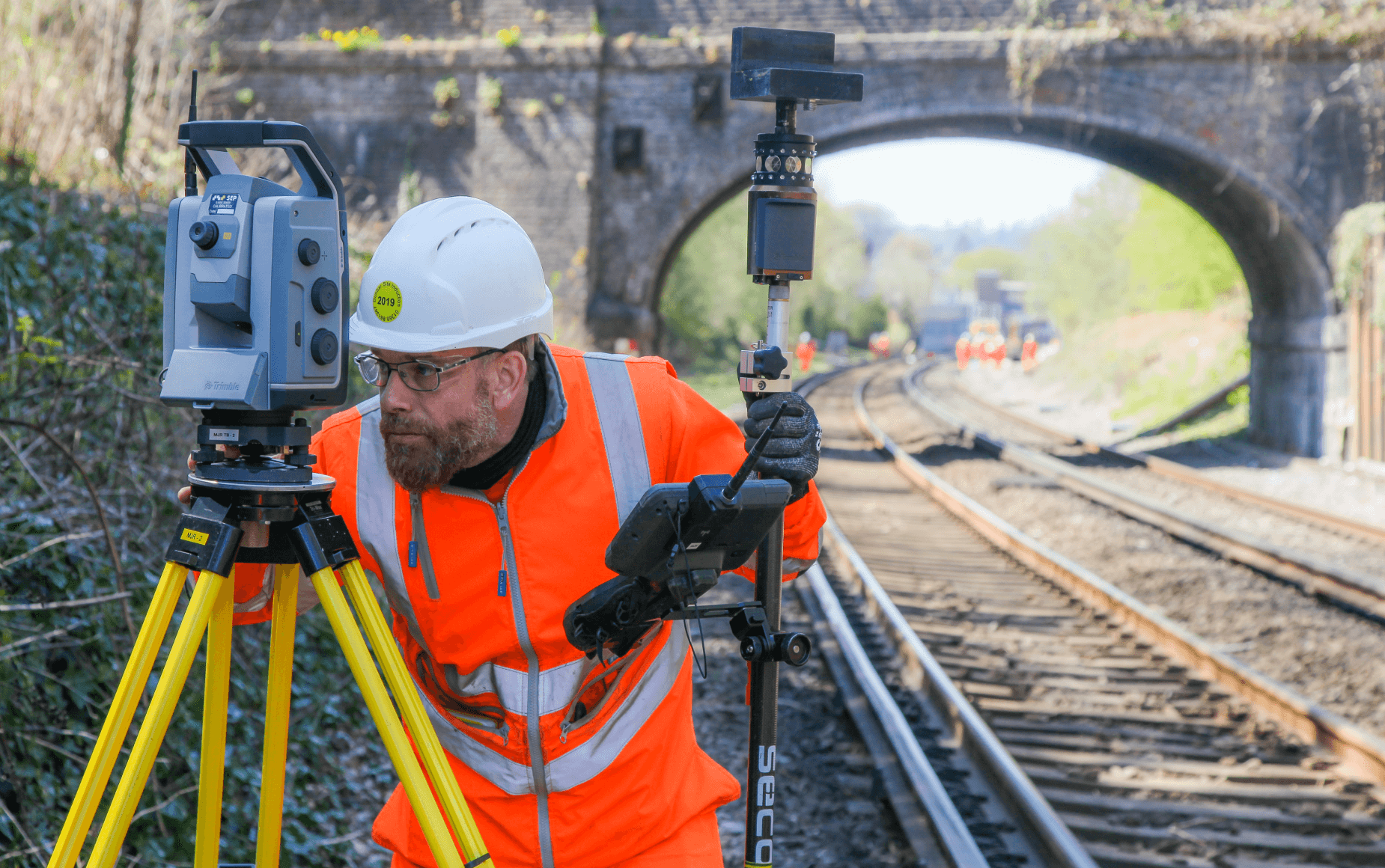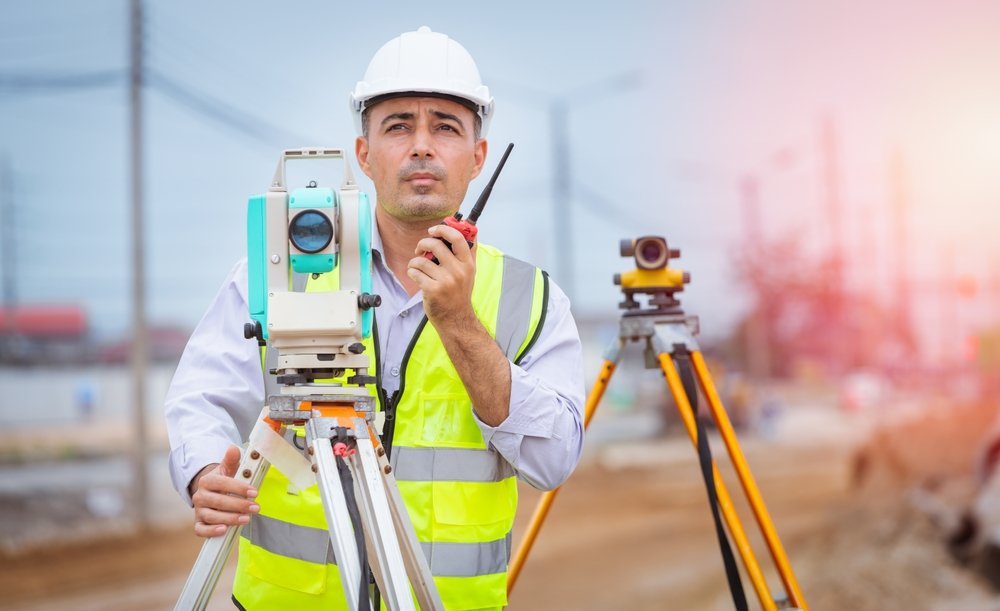How Measured Building Surveying Helps in Accurate Property Valuations
Wiki Article
Important Devices and Methods in Laying Out Engineering
The self-control of setting out design relies greatly on a collection of important devices and strategies that underpin the accuracy and efficiency of job implementation. What effects does this hold for future design methods?The Significance of Accurate Dimensions

The relevance of exact measurements extends beyond mere conformity; they are integral to the general efficiency of engineering procedures. Errors can lead to material waste, project hold-ups, and raised labor costs, ultimately affecting the job's bottom line. Furthermore, accurate dimensions boost the quality of the end product, making certain that it does as planned and satisfies the assumptions of stakeholders - setting out engineering.
Additionally, the importance of exact dimensions is evident in numerous engineering techniques, including civil, mechanical, and electrical engineering. Each field demands a distinct method to dimension, yet the underlying necessity for accuracy remains continuous. As tasks become progressively complicated, the reliance on accurate dimensions will only heighten, highlighting the demand for continuous improvements in measurement strategies and technologies. Therefore, fostering a society that prioritizes accuracy is crucial for the future of design.
Necessary Tools for Laying Out
Setting out, a critical stage in the design and building procedure, counts heavily on specific devices that guarantee exact location and placement of structures. Amongst these devices, the land surveyor's level attracts attention, offering accurate straight dimensions crucial for developing recommendation factors. This tool enables engineers to figure out elevation changes and preserve uniformity across the job website.
The overall station is an additional vital tool, integrating digital distance dimension with angular dimension capacities. This modern technology enhances performance and precision in recording spatial data, allowing for effective site format and planning.
Furthermore, making use of gauging tapes and noting tools, such as chalk lines or stakes, is fundamental for briefly noting boundaries and crucial factors on the site. These standard tools, though easy, are important for ensuring clear communication among the construction group pertaining to job specs.
Last but not least, GPS modern technology has gotten traction in laying out procedures, offering real-time placing data and significantly boosting accuracy over typical approaches. Collectively, these vital tools create the foundation of efficient laying out practices, inevitably adding to the successful execution of engineering and building and construction tasks.
Advanced Evaluating Methods
Advanced checking methods play an essential function in boosting the accuracy and efficiency of engineering projects. These techniques include an array of techniques that supply accurate data for style and building and construction. Conventional methods, such as progressing and triangulation, have developed into extra innovative approaches, consisting of Overall Terminal surveys and Worldwide Navigating Satellite Equipment (GNSS)Complete Terminal devices incorporate electronic theodolites with distance dimension abilities, permitting property surveyors to collect exact place data with wonderful rate. This innovation dramatically reduces mistakes connected with hand-operated dimensions and provides real-time data processing. GNSS provides unmatched accuracy for large-scale projects by making use of satellite signals to determine precise positioning, which is necessary for my latest blog post ensuring and lining up frameworks compliance with design requirements.
Along with these devices, progressed strategies additionally include geospatial evaluation and 3D modeling. These methods enable designers to picture terrain and site conditions better, facilitating better decision-making during the planning stage. By utilizing these advanced evaluating strategies, engineering jobs can attain higher accuracy in layout, decrease rework, and eventually improve general job success.
Digital Modern Technology in Design
The combination of electronic technology has actually transformed design techniques, improving both productivity and accuracy across numerous self-controls. Devices such as Building Info Modeling (BIM) facilitate the visualization and monitoring of intricate projects, allowing engineers to work together effortlessly and make educated choices. This innovation allows the development of thorough 3D models, which can be evaluated for structural integrity and effectiveness before building and construction starts.
The application of fabricated knowledge and maker understanding in design procedures even more boosts anticipating maintenance and optimization of resources. In general, digital innovation is improving the design landscape, driving advancement, and making sure that tasks are finished with greater efficiency and minimized danger.
Finest Practices for Application
When carrying out electronic technology in engineering, it is crucial to establish a strategic method that straightens with task objectives and organizational capabilities. An extensive assessment of existing check my source operations and innovation infrastructure is important to recognize voids and possibilities for enhancement. Involving stakeholders early while doing so cultivates cooperation and makes certain that the technology fulfills individual requirements.
Job managers ought to embrace an iterative implementation approach, enabling changes based upon real-time responses and performance analyses. This nimble strategy not just mitigates risks however additionally promotes continual renovation by including lessons discovered.
Final Thought
To conclude, the integration of necessary tools and advanced techniques in establishing out engineering is crucial for guaranteeing accuracy in dimensions and effective task implementation. Using tools such as land surveyor's levels, complete stations, and GPS innovation, alongside modern-day evaluating methods, boosts accuracy and minimizes the likelihood of errors. Embracing ideal techniques in execution better maximizes these procedures, inevitably cultivating boosted job results in the engineering and construction sectors.The discipline of setting out design counts heavily on a collection of essential devices and methods that underpin the accuracy and performance of job implementation.Additionally, the importance of exact dimensions is obvious in different engineering disciplines, including civil, mechanical, and electrical engineering. By utilizing these advanced checking strategies, engineering jobs can attain higher precision in format, lower rework, and eventually enhance general task success.
Generally, digital innovation is improving the engineering landscape, driving innovation, and ensuring that projects are finished with better effectiveness and reduced danger (setting out engineering).In verdict, the assimilation of vital tools and progressed techniques in establishing out design is crucial for making certain precision in dimensions and effective job execution
Report this wiki page